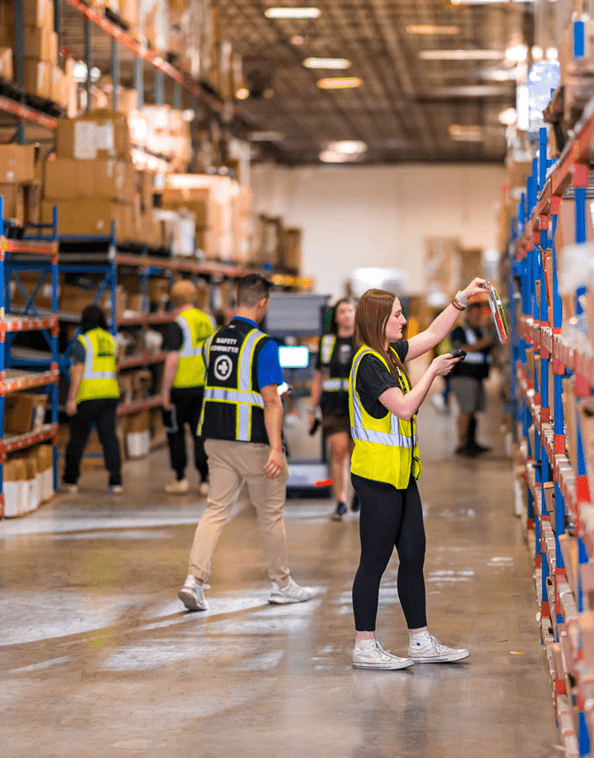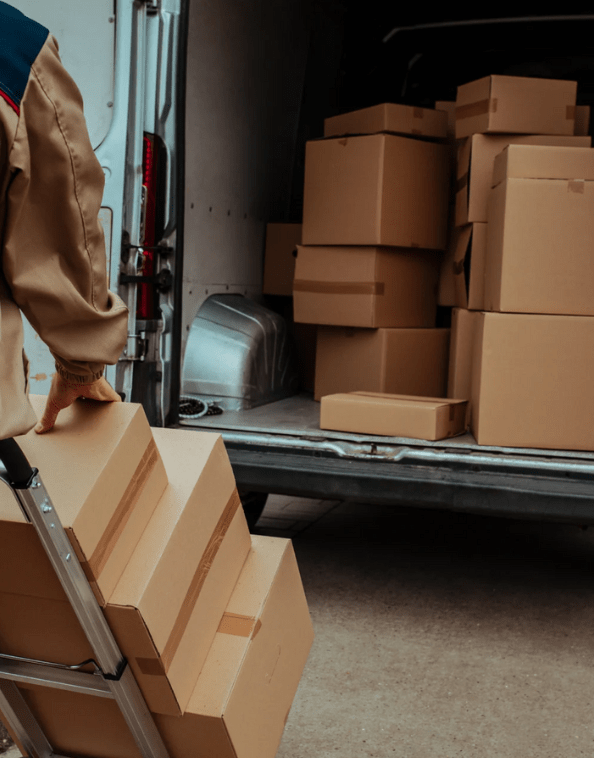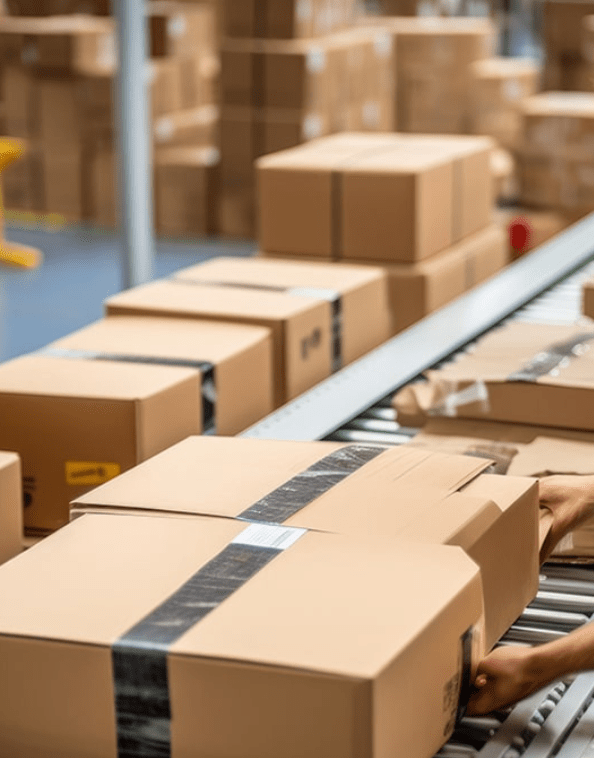What is Fulfillment
Fulfillment
Order fulfillment involves managing inventory, picking and packing products, and shipping orders to customers. It ensures timely and accurate delivery, contributing to customer satisfaction and operational efficiency.

Running an online business can be exciting, but when it comes to fulfillment, it’s rarely glamorous. Fulfillment, however, is a crucial part of the e-commerce process, as it involves getting orders from your warehouse into the hands of your customers.
There are two primary options when it comes to fulfillment: managing it in-house or outsourcing to a fulfillment service. Both have their pros and cons, and this article will dive into both options, offering best practices to optimize your fulfillment process and avoid delays.
What is Fulfillment?
Fulfillment refers to the process of preparing and delivering customer orders. Large enterprises and catalog companies may have the resources to manage fulfillment in-house, but for many e-commerce companies and smaller businesses, outsourcing this task to a third-party fulfillment provider is often more practical.
Fulfillment typically involves receiving an order, picking and packing the items, invoicing the customer, shipping the order, confirming delivery, and closing the order.
Types of Fulfillment Services
In-house Fulfillment
When you handle fulfillment internally, you’re responsible for storing, packing, and shipping orders. This approach is often preferred by smaller stores with lower order volumes, as it gives you full control over your processes and inventory. However, self-fulfillment is resource-intensive and can quickly become costly, especially with the rising costs of warehouse space.
Third-Party Logistics (3PL)
Outsourcing fulfillment to a third-party logistics provider like FulfillMe allows you to focus on other aspects of your business while experts handle your warehousing, packing, shipping, and customer notifications. It integrates seamlessly with your e-commerce platform, ensuring orders are fulfilled quickly and efficiently, without the need to invest in your own warehouse or logistics infrastructure.
Dropshipping
With dropshipping, you don’t handle inventory at all. Instead, you work with a supplier who takes care of picking, packing, and shipping products as orders come through your store. While dropshipping eliminates overhead costs like warehousing, you lose control over packaging and shipping, which can sometimes affect customer experience.
Key Components of a Fulfillment System
Warehousing: You need space to store inventory, and your warehouse management system (WMS) should be able to track stock and assign tasks to warehouse staff efficiently.
Inventory Management: A good system helps prevent stockouts and excessive inventory by providing real-time updates on stock levels.
Order Processing: A robust fulfillment system generates packing slips, selects proper packaging, and ensures orders are marked as complete once shipped.
Logistics: Beyond just shipping, your system should handle route optimization, carrier selection, and provide real-time shipment tracking.
Returns Management: Your fulfillment system should also track returns and provide customers with refunds when necessary, while updating your inventory.
Choosing the Right Fulfillment Partner
Scalability
Consider whether your business can handle increased demand, especially during peak seasons. A 3PL provider can help scale operations quickly, ensuring you meet customer expectations without the need to invest in additional space or staff.
Technology Integration
Choose a fulfillment partner whose technology integrates with your existing e-commerce platforms. This helps reduce errors and provides valuable insights, such as inventory alerts and real-time updates.
Cost
Fulfillment services come with various costs, including setup fees, storage fees, and picking/packing fees. Make sure you understand the pricing structure of any provider you’re considering and whether it fits within your profit margins.
Capabilities
Not all fulfillment centers are alike. Some may specialize in specific products, like fragile or oversized items, while others may have limitations. Make sure the fulfillment partner you choose has the capabilities to meet your business’s specific needs.
Technology in Fulfillment Operations
To stay efficient, you’ll need tools like:
Warehouse Management Software (WMS): A WMS helps manage every aspect of your warehouse, from locating inventory to assigning tasks to staff.
Automation: Systems like Shopify Flow can help automate fulfillment tasks, improving speed and reducing errors.
AI: Artificial intelligence can predict demand, optimize stock levels, and enhance route planning.
Barcode/RFID Technology: Barcode scanning and RFID can streamline inventory tracking and reduce human error.
Fulfillment Challenges and Solutions
Inventory Management
To avoid stockouts or overstocking, integrate an inventory management system (IMS) that offers real-time updates and alerts for reordering. An IMS can also track inventory across multiple warehouse locations, ensuring your products are closer to customers for faster shipping.
Order Accuracy
Maintain a high order accuracy rate by automating packing slips, using designated shipping stations, and leveraging warehouse technology like robotic order pickers and RFID scanning.
Efficiency and Productivity
Improving fulfillment efficiency can help you process more orders without the need for additional space or staff. Automation, proper integrations, and well-designed workflows can all boost productivity and reduce human error.
Regulatory Compliance
For international shipping, ensure your fulfillment partner can handle the complexities of compliance, including import/export restrictions, labeling requirements, and taxes.
Impact of Fulfillment on Customer Experience
Your fulfillment process directly impacts customer satisfaction. Studies show that positive experiences lead to repeat purchases and higher customer loyalty. By choosing a reliable fulfillment provider and optimizing your fulfillment workflow, you’ll be better equipped to meet customer expectations and deliver on time, every time.



